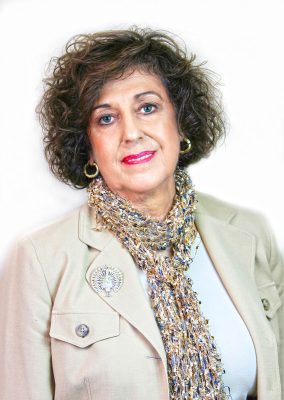 Roger (not his real name), a senior citizen from Hamilton Township, experienced a stroke a year ago. At the time of his stroke, he was disoriented, had with difficulty following directions, had left facial neuralgia and was very sleepy most of the time.
Roger (not his real name), a senior citizen from Hamilton Township, experienced a stroke a year ago. At the time of his stroke, he was disoriented, had with difficulty following directions, had left facial neuralgia and was very sleepy most of the time.
He felt lightheaded, nauseous, tired, confused and lethargic with lapses of memory. He also experienced dizziness and balance problems, anxiety, feeling dull and slow to learn, spacy and foggy. He was referred to our office by a friend.
On intake, a Quantitative electroencephalogram (QEEG) was administered to determine the areas impacted by the stroke. Results indicated areas showing excess slow wave activity with evidence of general under arousal in the brain. The effects of which were poor cognitive performance and slower information processing.
Neurofeedback was started which addressed the areas impacted by the stroke which primarily was in the right posterior area. The primary focus was brainwave activity in specific areas as well as connectivity between different areas of the brain, as indicated by the QEEG.
Roger is making good progress. He continues to require neurofeedback to regain neural activity and connectivity between brain areas. He has regained much of his cognitive skills, balance and body calming.
Training is ongoing with improving arousal and sleep issues. Both Roger and his wife are happier now that he is engaging more with his family.
Gradually, neurons continue to heal and reconnect by the process of shaping and pruning where neural fibers begin to seek and rebuild neural connections using neurofeedback. The process of rewarding the positive desirable waves with neurofeedback improves neural activity. Neurofeedback can be an excellent treatment for stroke recovery as the re-training of neural pathways generates healing in the brain.
PHOTO CAP: Maria Di Donato DEd, BCN, PA Licensed Psychologist, PA/NJ Certified School Psychologist